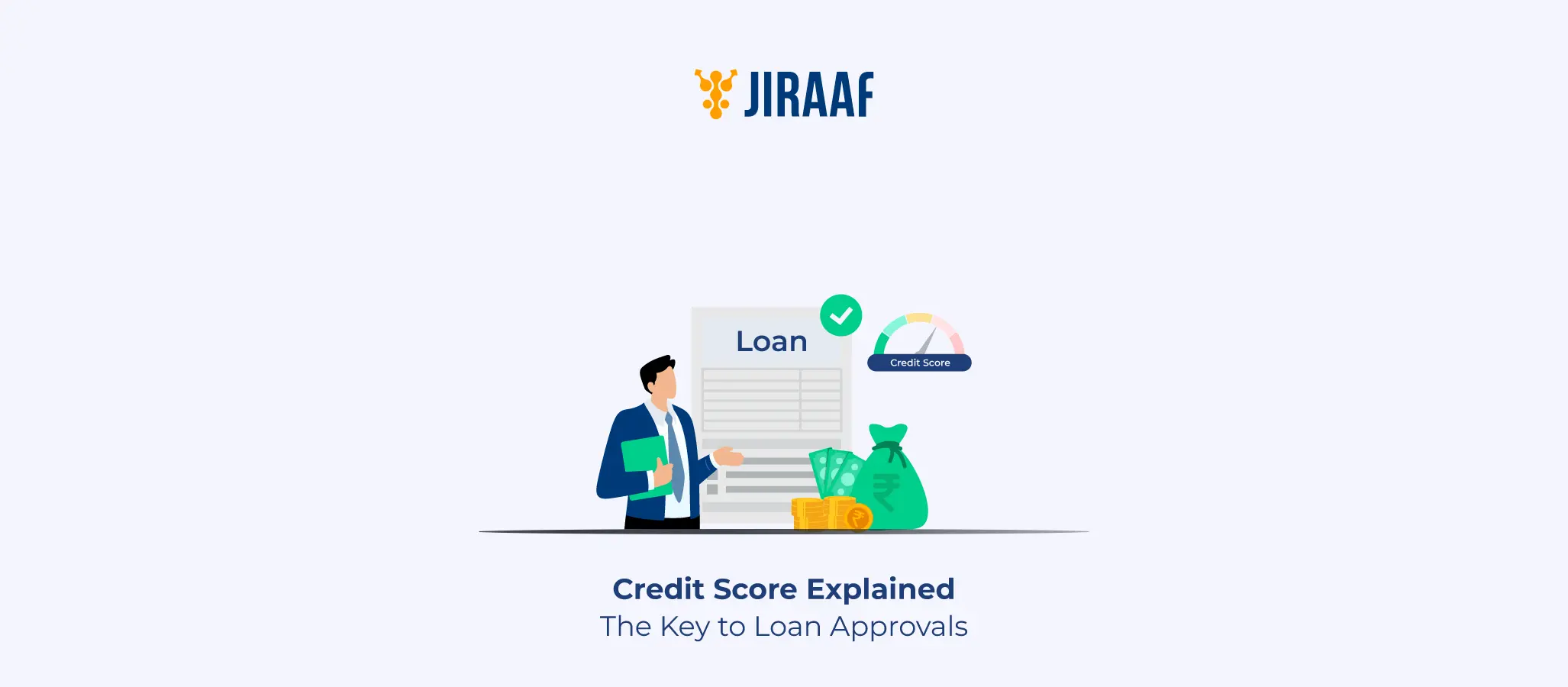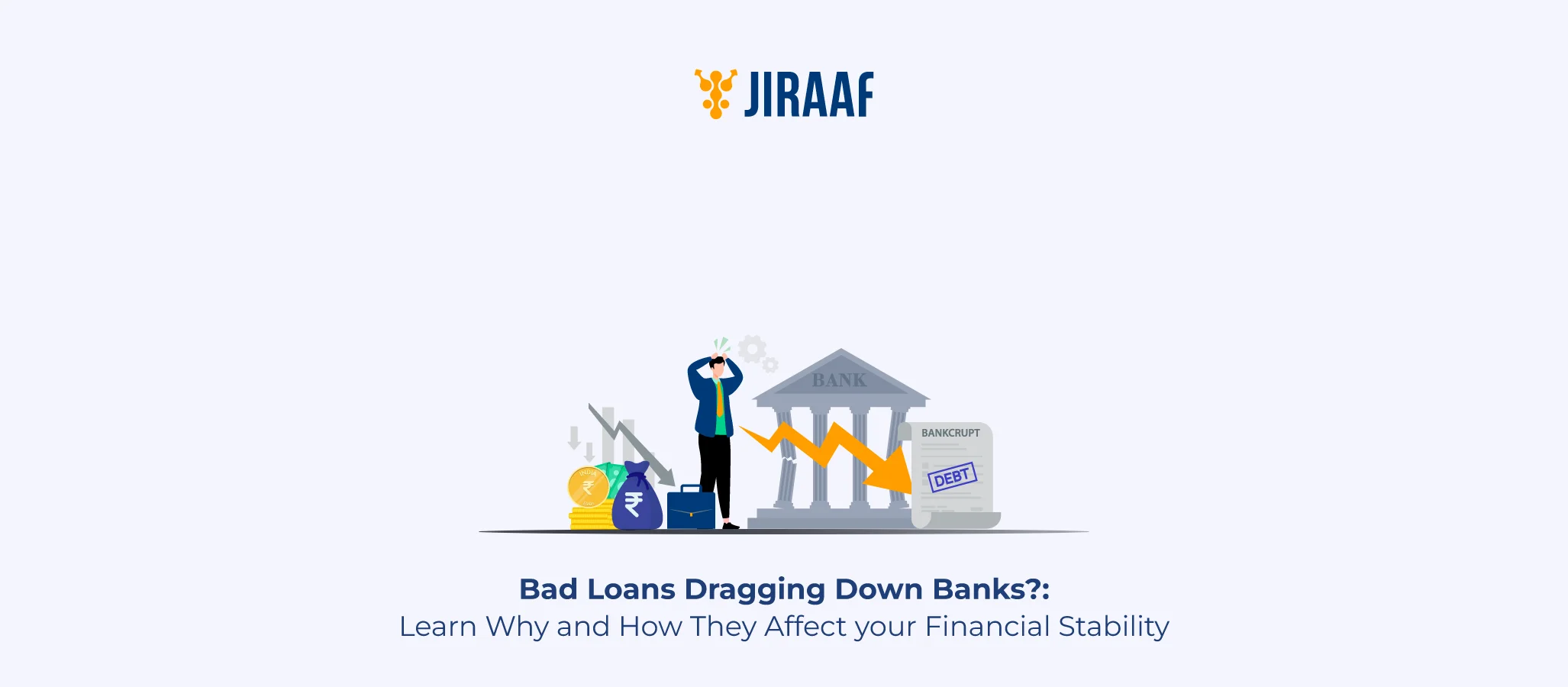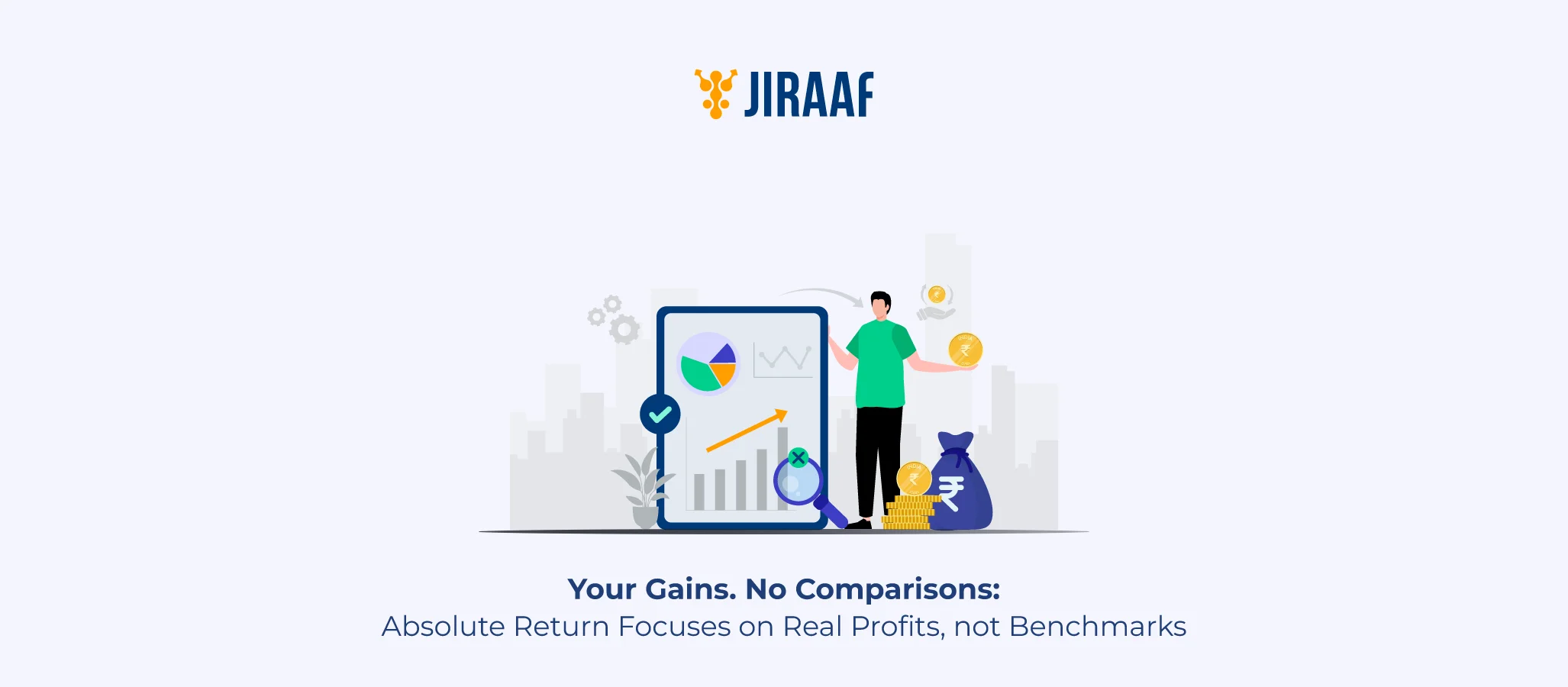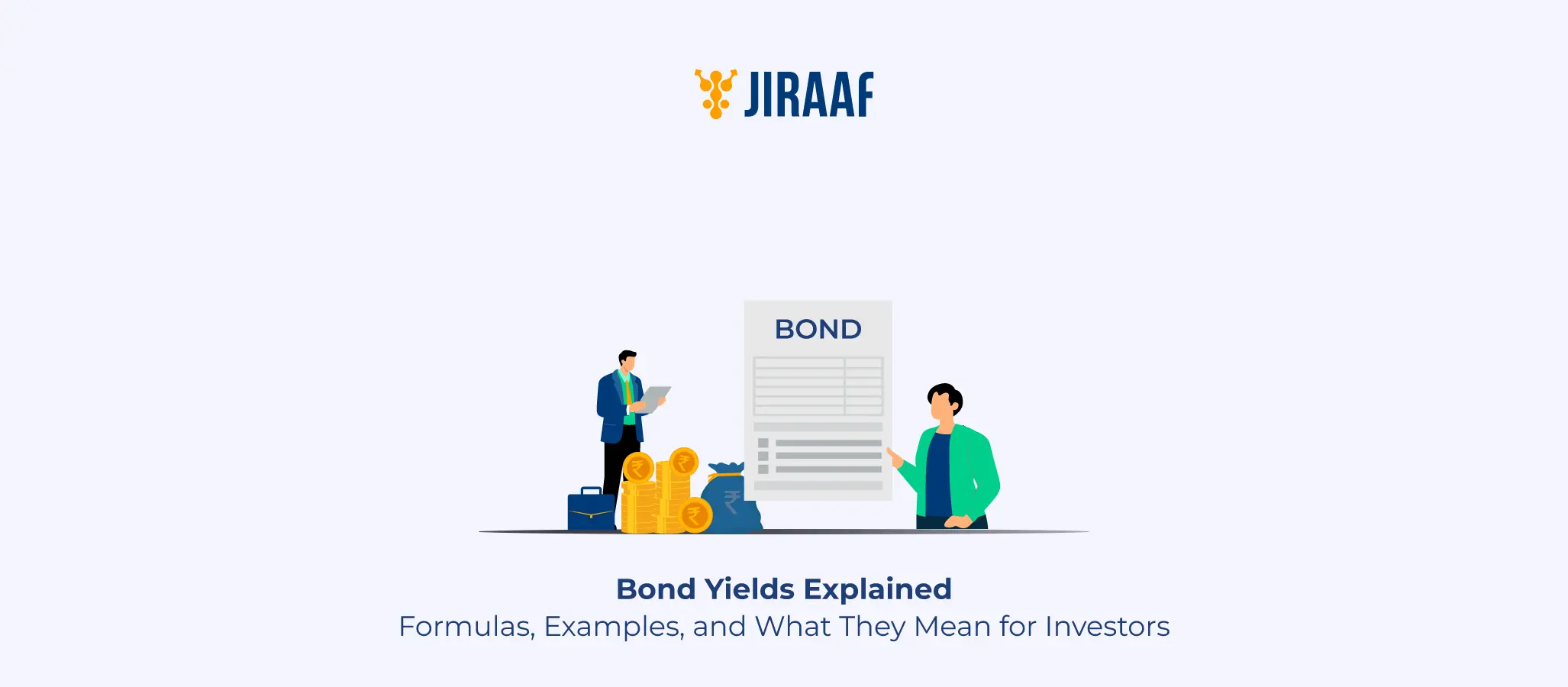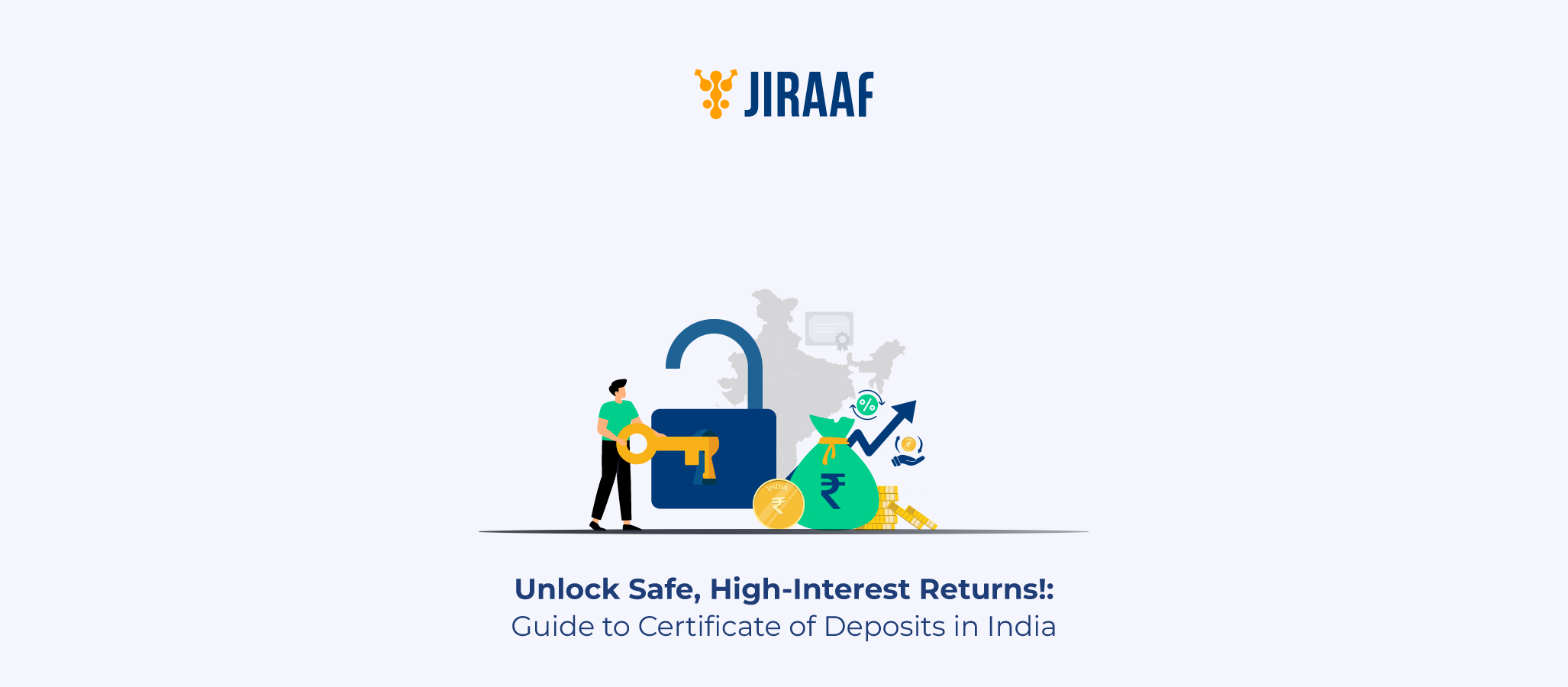Have you ever wondered if the right thing to do is save money instead of investing it, or should you choose investment rather than saving up? Well, you’re not alone. This is one of the most common personal finance dilemmas. Some swear by the safety of savings accounts, while others chase market returns through investments. But what if the real key to long-term financial wellness isn’t choosing one over the other, but learning how to balance both?
In truth, saving and investing are not opposing forces. They serve different purposes and work best when used together. Saving helps you stay afloat in emergencies and reach short-term goals, while investing builds wealth over time and supports long-term aspirations like retirement or buying a home.
This blog will guide you through the difference between saving and investing, when to prioritize each, and how to balance them effectively to create a strong financial future.
What is Saving?
Saving is the act of putting money aside from your income and preserving it in a safe, easily accessible form. It’s not meant to grow significantly; it’s meant to be there when you need it. Think of saving as your financial cushion.
Why Saving Matters
- It helps you build an emergency fund to handle life’s curveballs like medical emergencies, job loss, or urgent repairs.
- It’s ideal for short-term goals like vacations, gadgets, or festival shopping.
- It preserves your capital and keeps it liquid.
Common Saving Instruments
| Instrument | Return (Annualized) | Liquidity | Risk Level |
| Savings Account | 3%–6% (varies, often ~3.5%–4%) | High | Very low |
| Fixed Deposit (FD) | 6%–7.5% (depending on tenure) | Medium (lock-in period) | Low |
| Recurring Deposit (RD) | 5.5%–7% (depending on tenure) | Medium (lock-in period) | Low |
| Public Provident Fund | 7.1% (compounded annually) | Low (15-year lock-in) | Very low |
What is Investing?
Investing is about putting your money into financial instruments like stocks, mutual funds, or real estate, with the expectation of earning returns over time. Unlike saving, it involves risk but also comes with higher potential for rewards.
Why Investing Matters
- To beat inflation and grow your money
- To achieve long-term goals like retirement, your child’s education, or buying property
- To build wealth over decades
Common Investment Options
| Instrument | Potential Returns | Risk Level | Horizon |
| Stocks | 10%–15% (long-term average in India) | High | Long-term |
| Mutual Funds | 8%–15% (equity funds can exceed this range) | Medium-high | Medium-long |
| Bonds | 6%–9% | Medium | Medium |
| Real Estate | 8%–12% (varies significantly by location) | Medium-high | Long-term |
| Gold (ETF or Sovereign) | 6%–9% | Medium | Medium |
Key Differences Between Saving and Investing
| Feature | Saving | Investing |
| Purpose | Emergency & short-term needs | Wealth creation & long-term goals |
| Risk | Minimal | Moderate to high |
| Returns | 3%–7% (depending on instrument) | 8%–15% |
| Liquidity | High | Varies (low to medium) |
| Instruments | Savings account, FD, PPF | Mutual funds, stocks, real estate |
| Time Horizon | Short | Medium to long |
When Should You Save?
Saving is a good option when
- You don’t have an emergency fund yet (aim for 6-12 months of expenses)
- You’re planning a short-term goal (within 3 years)
- You prefer peace of mind and zero risk
- You’re saving for predictable annual expenses like festivals, insurance premiums, tuition fees
Pro Tip: Always prioritize saving before you start investing. It’s your fallback cushion in case of any unfortunate losses.
When Should You Invest?
Investing is a good option when
- You’ve built your emergency fund
- You’re planning for long-term goals like retirement, a home, or financial independence
- You’re comfortable with moderate risk and volatility
- You want returns that outpace inflation
Pro Tip: The earlier you start investing, the more you benefit from compound growth. Even small amounts grow significantly over time.
How to Balance Saving and Investing
There’s no one-size-fits-all ratio, but here’s a general rule:
- Save at least 20% of your income for emergencies and short-term goals.
- Invest 30% or more for long-term growth (once your savings base is secure).
- Spend the remaining on essentials and lifestyle.
Example Strategy
If you earn ₹60,000/month,
- ₹12,000 → Savings (emergency + short-term)
- ₹18,000 → Investments (SIPs, NPS, etc.)
- ₹30,000 → Expenses
Smart Strategies Based on Life Stages
| Life Stage | Focus Area | Saving Strategy | Investing Strategy |
| Early Career (20s) | Building habits | Start with emergency fund | SIPs in equity mutual funds |
| Mid-Career (30s–40s) | Family, kids, home | Increase insurance + buffer | Diversify into equity & debt |
| Pre-retirement (50s) | Capital preservation | Reduce unnecessary spending | Shift to debt & hybrid funds |
| Retirement (60+) | Income generation | Senior Citizen Savings Scheme (SCSS) | Low-risk bonds or annuities |
Note: The Senior Citizen Savings Scheme offers about 8.2% annual interest as of 2025, making it a popular low-risk saving instrument for retirees.
Common Mistakes to Avoid While Saving or Investing
| Category | Mistake | Why It’s a Problem | How to Fix It |
| Saving | Not prioritizing an emergency fund | You risk liquidating investments or taking loans in emergencies. | Build 6–12 months’ expenses in a liquid savings account or sweep-in FD. |
| Saving | Parking too much in low-yield savings | Returns (often 3%–4%) often don’t beat inflation. | Use better options like liquid funds, short-term FDs, or RDs after the emergency fund is built. |
| Saving | Saving without clear goals | Money may be used for impulsive, non-essential spending. | Set labeled goals like a travel fund, insurance fund, etc. Use budgeting apps or separate accounts. |
| Investing | Investing without understanding risk | You might panic during volatility or invest in the wrong asset. | Use a risk profiler or advisor to assess tolerance and pick suitable instruments. |
| Investing | Exiting investments too early | Hurts compounding and reduces long-term wealth. | Stay goal-focused. Stick to your investment plan despite market dips. |
| Investing | Lack of diversification | Overexposure to a single asset increases risk. | Spread investments across equity, debt, gold, etc., based on your goals. |
| Investing | Ignoring tax implications | You may lose out on returns due to surprise tax liabilities. | Understand capital gains, Section 80C, ELSS, and other tax-efficient options. |
| Investing | Not reviewing or rebalancing | Your portfolio may become misaligned with your goals. | Review at least annually and rebalance as needed. |
| Balance | Over-saving and under-investing | Missed opportunities for wealth creation and inflation-beating returns. | Cover short-term needs, then channel surplus into higher-return investments. |
| Balance | Over-investing without liquidity | You may struggle in a financial emergency. | Keep enough savings to cover 6–12 months of expenses before locking funds. |
| Mindset | Ignoring financial education | Poor decisions and blind reliance on others. | Follow credible finance resources and stay updated regularly. |
Conclusion: Build Wealth Without Losing Sleep
At the end of the day, saving and investing are both essential pillars of your financial journey. Think of saving as your financial armor and investing as your growth engine. You don’t have to choose one over the other; you just need to give each the role it deserves.
The goal isn’t just to accumulate wealth. It’s to create freedom—from debt, from worry, and from being unprepared. So, save for stability, invest for growth, and strike the balance that works for your life.



